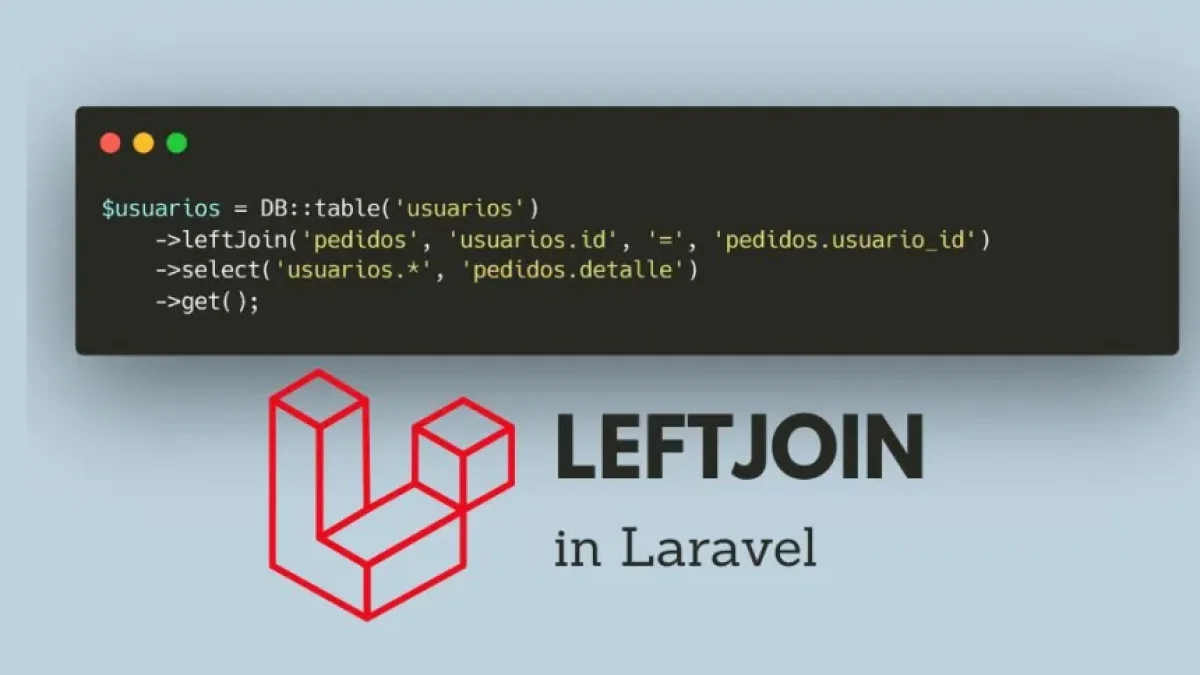Complete guide to uploading files in Laravel with AWS S3.


Uploading files to the cloud is a common practice in modern web development, and AWS S3 has become one of the most popular options for storing such data. If you are using Laravel as your framework, leveraging AWS S3 to handle and store files is quite a straightforward task that can greatly simplify your work. In this guide, I will show you the necessary steps to integrate AWS S3 with your Laravel application.
Prerequisites
Before you begin, make sure you have the following:
- An AWS account.
- A bucket created in S3.
- Laravel installed in your development environment.
- Composer for dependency management.
Installing the AWS SDK Package
The first step to start using AWS S3 in your Laravel project is to install the AWS SDK for PHP. This can easily be done using Composer. Run the following command in your terminal:
composer require aws/aws-sdk-phpThis package will allow you to interact with AWS services, including S3.
Read also
Configuring AWS S3 in Laravel
For Laravel to communicate properly with AWS S3, it is necessary to configure the storage configuration file. Open the config/filesystems.php file and add the S3 configuration:
's3' => [
'driver' => 's3',
'key' => env('AWS_ACCESS_KEY_ID'),
'secret' => env('AWS_SECRET_ACCESS_KEY'),
'region' => env('AWS_DEFAULT_REGION'),
'bucket' => env('AWS_BUCKET'),
],Additionally, make sure to add the necessary variables in your .env file with your AWS account credentials:
AWS_ACCESS_KEY_ID=your_access_key
AWS_SECRET_ACCESS_KEY=your_secret_key
AWS_DEFAULT_REGION=your_region
AWS_BUCKET=your_bucket_nameCreating the Upload Form
To upload files, you need to create a form in your view. This form should include a field for selecting the file and a button to submit it. Here is a basic example:
Read also
<form action="{{ route('upload') }}" method="POST" enctype="multipart/form-data">
@csrf
<input type="file" name="file" required>
<button type="submit">Upload File</button>
</form>Handling Uploads in the Controller
Once the user selects a file and clicks the button, the next step is to handle the upload in the controller. You can create a method in your controller to process the file and upload it to S3, as shown below:
use Illuminate\Http\Request;
use Illuminate\Support\Facades\Storage;
public function upload(Request $request)
{
$request->validate([
'file' => 'required|file|max:2048',
]);
$path = $request->file('file')->store('uploads', 's3');
return back()->with('success', 'File uploaded successfully: ' . $path);
}This code validates that a file has been uploaded and stores it in the uploads folder within your S3 bucket.
Displaying Files
Finally, if you want to display the uploaded files, you can do so using the URL provided by S3:
$url = Storage::disk('s3')->url($path);This will generate a URL that can be used to access the file stored in S3.
Conclusion
Uploading files to AWS S3 via Laravel is a straightforward process if you follow these steps. From configuring the SDK to creating upload forms, it's easy to integrate this powerful service into your application. If you want more information on how to handle files in Laravel, I invite you to continue exploring my blog, where you will find more news and helpful guides.



















